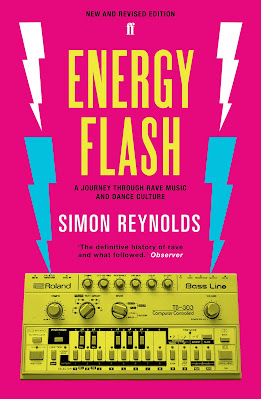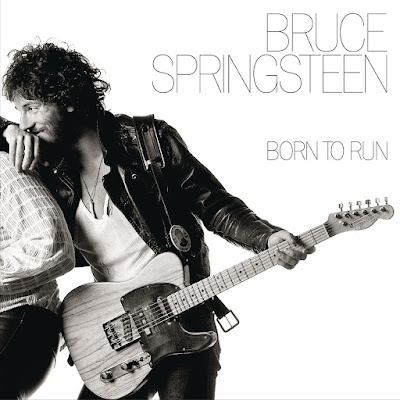I was inspired by a podcast called The 500 hosted by Los Angeles-based comedian Josh Adam Meyers. His goal, and mine, is to explore Rolling Stone Magazine's 2012 edition of The 500 Greatest Albums of All Time.
Album: # 306
Album Title: Odelay
Artist: Beck
Genre: Alternative Rock, Sampledelia (yeah, I'll explain that one)
Recorded: Four Studios in the Los Angeles area
Released: June, 1996
My age at release: 30
How familiar was I with it before this week: Quite
Is it on the 2020 list? Yes, 424 (Dropping 118 spots)
Song I am putting on my Spotify Playlist: Where It's At
 |
| Album Cover - that's a dog, in case you were wondering. |
Sampledelia, sometimes called Sampledelica, is a style of music that repurposes and manipulates portions of sound from previous recordings (samples) in order to create something new. Usually, audio techniques that include looping, chopping or stretching the sound are done by an electronic musical instrument called a sampler.
 |
| An AKAI MPCX sampler, one of many on the market |
Simon Reynolds, in his book Energy Flash: A Journey Through Rave Music and Dance Culture, wrote that "sampledelic music abandoned 'naturalistic' recording practices in favor of using studio-based techniques and effects to create sounds that could not be achieved through live performance."
Odelay is the fifth record by American musician “Beck” (David Hanson) and it leans heavily into the world of sampledelic music. This was a departure from his first four releases which are best classified as alternative rock and lo-fi (low fidelity) electronica.
 |
| An accurate (and humorous) definition of Lo-Fi. |
British-Ghanian author and theorist Kodwo Eshun has offered an interesting take on sampledelia, suggesting that:
"the sounds have detached themselves from their original sources and (when manipulated cleverly by the sampling artist) induce an experience of "synthetic defamiliarization."
In other words, the listener enters a auditory world where sounds that may have been familiar transform into something vaguely recognizable and aesthetically appealing. |
Kodwo Eshun and his book More Brilliant Than The Sun:
Adventures in Sonic Fiction |
Learning about this reminded me of a poetry lesson I have presented to my Grades 7 and 8 students called "The Cut-Up Technique". It is an aleatory (random choice) literary technique developed by the Dadism Art movement of the 1920s, and was brought to popularity by William S. Burroughs, a beat poet popular in the early 1960s. Burroughs postulated that words from two different sources could be cut up and pushed together to become something uniquely distinct -- perhaps beautiful, alarming or, at least, thought-provoking. |
| William S. Burroughs (Beat Generation Author & Visual Artist) |
He felt that this technique was a way of “freeing words from the straitjacket of language…to create something fresh, interesting and evocative.”
It is not dissimilar to creating a portmanteau, cutting up two words to coin a new word. “Brunch” is an example, combining “breakfast” and “lunch”. “Motel” is another, combining “‘motor” and “hotel”...or even "blog" a portmanteau of "web log"
For sampledelia teaching purposes, I ask my students to print out songs they know containing rich lyrics and, if possible, end with rhymes -- that is, poetry/lyrics that rhyme on the last syllable(s). I also print song lyrics with which I have experienced success during this activity in the past. For instance, the song Born To Run from Bruce Springsteen (the same name of the album at #18 on The 500 has proven particularly useful.
Once the students have selected two songs (pieces of poetry) they are tasked with dissecting each line somewhere near the middle. I often suggest they look for a place where they see a natural break. For example, the first lines of Born To Run could be cut as follows.
Once they have physically cut chunks from each song, they "smash" them together to create something entirely new and, as Burroughs suggested over 50 years ago, the effect is "fresh, interesting and evocative". Here is an example using Born To Run and the song Subdivisions by lyricist Neil Peart of Rush.
As you can see, not every line works perfectly. However some, such as...
"Growing up it's a suicide machine,
Opinions all provided while we're young,
The future pre-decided, we were born to run"
...capture the spirit of a disenfranchised and discontented teen.
Once students have finished their avant-garde submissions, I invite the bold among them to perform their "literary sampledelia" live for their classmates -- beatnik style, with groovy jazz playing softly as a backdrop.
The student audience shows approval by snapping their fingers instead of conventional applause, as if we are in a mid-60s coffee house in Greenwich Village, New York. When teaching went virtual during the pandemic lockdown, students developed their own sampledelias by using Google Forms, which can be found here. If you have not heard sampledelic music, Odelay by Beck is a wonderful place to start. I'd direct you to the title track, Devil's Haircut, which features samples from such diverse performers:
- Irish group Them, featuring a young Van Morrison (1966) and
- Hall of Fame Funk Drummer Bernard Purdie (1968).
Alternately, consider the track Where It's At, which has samples from - Pop-soul singer Lee Dorsey (1966),
- Electro-funk, hip-hop trio Mantronix (1985) and
- Wisconsin alternative-comedy-rock duo, The Frogs (1989).
Much like Cut-Up Poetry, Odelay can sometimes be beautiful, evocative or alarming but it is certainly thought-provoking.












No comments:
Post a Comment